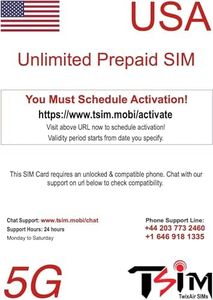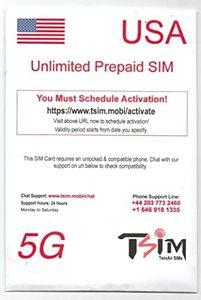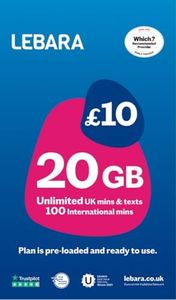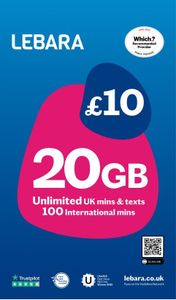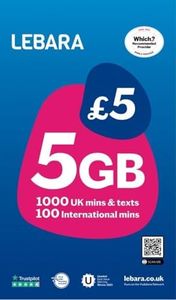We Use CookiesWe use cookies to enhance the security, performance,
functionality and for analytical and promotional activities. By continuing to browse this site you
are agreeing to our privacy policy
6 Best International Calling Cards
From leading brands and best sellers available on the web.Buying Guide for the Best International Calling Cards
When choosing an international calling card, your goal is to find a card that will connect you to your desired countries easily, reliably, and affordably. Since calling cards come with a variety of features and terms, it's important to understand what each means and how it may impact your calling experience. Before you buy, think about who you’ll be calling, how often, and for how long; that way, you’ll be able to choose a card that really matches your personal needs.Call RatesCall rates determine how much you pay per minute when making a call to a specific country. They can vary significantly depending on the destination, so it's important to check the rates for the countries you plan to call most often. Typically, lower call rates mean better value, but sometimes low rates come with higher hidden fees elsewhere. If you call one country frequently, focus on cards that offer the lowest rates to that country. If you call multiple countries, look for balanced rates to all your destinations.
Connection FeesA connection fee is a charge that is applied every time you start a call, regardless of how long you talk. Some cards have no connection fee, while others may charge a small amount per call. Cards with no connection fee are best for people who make many short calls, while cards with a connection fee may work for those who make fewer, longer calls. Always check for this fee in the card's details to avoid surprises.
Rounding MethodThis refers to how the card calculates minute usage for billing purposes. Some cards round up your call duration to the next full minute or even more, such as to the next three minutes. For example, a 1-minute-20-second call may be charged as 2 minutes, or even 3, depending on the card's rounding method. If your calls are short, choose a card with 1-minute rounding, while for longer calls, the rounding method matters less.
Expiration PeriodThe expiration period tells you how long your card stays valid after its first use or after a recharge. Some cards are valid for a set number of days or weeks after activation, while others may expire after a period of inactivity. If you plan to use your card regularly, this may not be a concern, but if you make international calls only occasionally, choose a card with a longer expiration.
Hidden FeesHidden fees such as maintenance charges, service fees, or access fees can reduce your balance faster than you expect. These may be charged weekly, monthly, or per call. Always read the fine print and look for cards that are transparent about any additional charges. If you use your card frequently, some fees may be acceptable, but if you want minimal hassle, select a card with no or very low hidden fees.
Access NumbersAccess numbers are local or toll-free phone numbers you dial before entering the destination number on a calling card. The type and availability can affect your overall cost, since calling a toll-free access number from your mobile or landline may incur charges from your phone service provider. Cards with local access numbers are best if you want to avoid these extra charges, while toll-free numbers are convenient when local options aren’t available.
Usability and ConvenienceThis covers how easy the card is to use, including whether it works from mobile phones, payphones, and landlines, or if it supports features like PIN-less dialing or speed dial. Some cards are designed for quick, one-time use, while others work well for repeated and varied calls. If you want convenience, look for cards that offer user-friendly features and broad compatibility.
